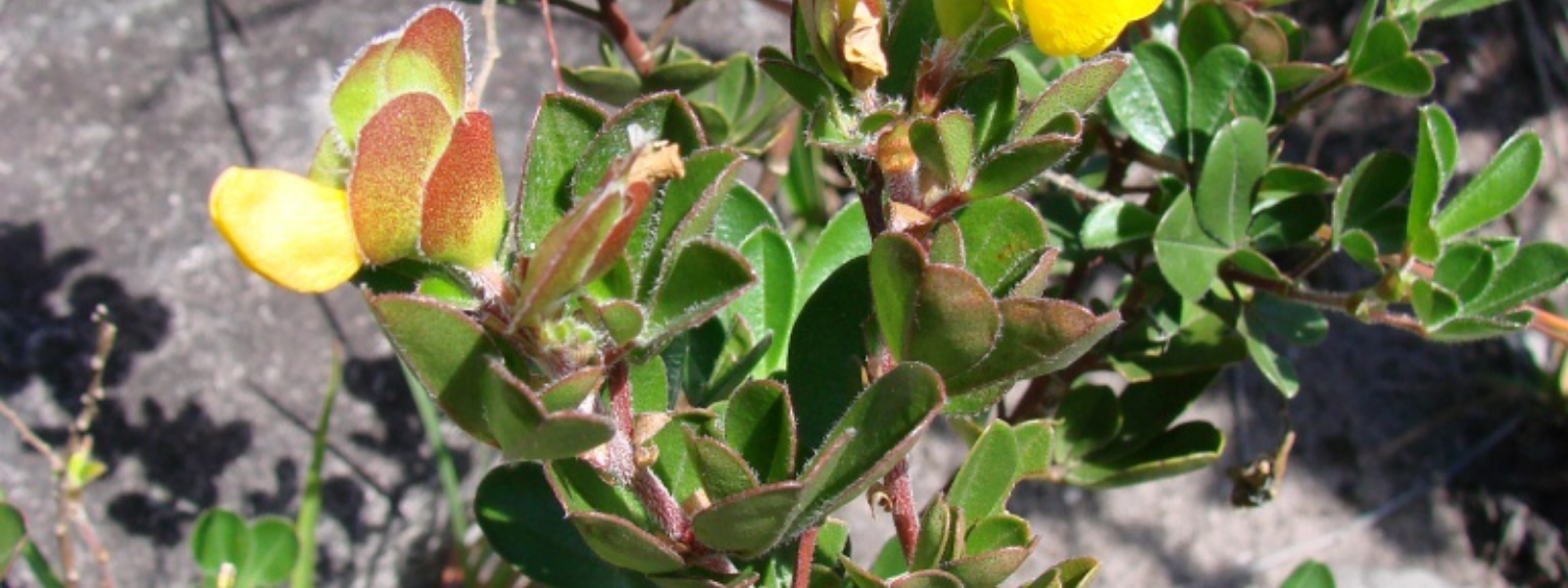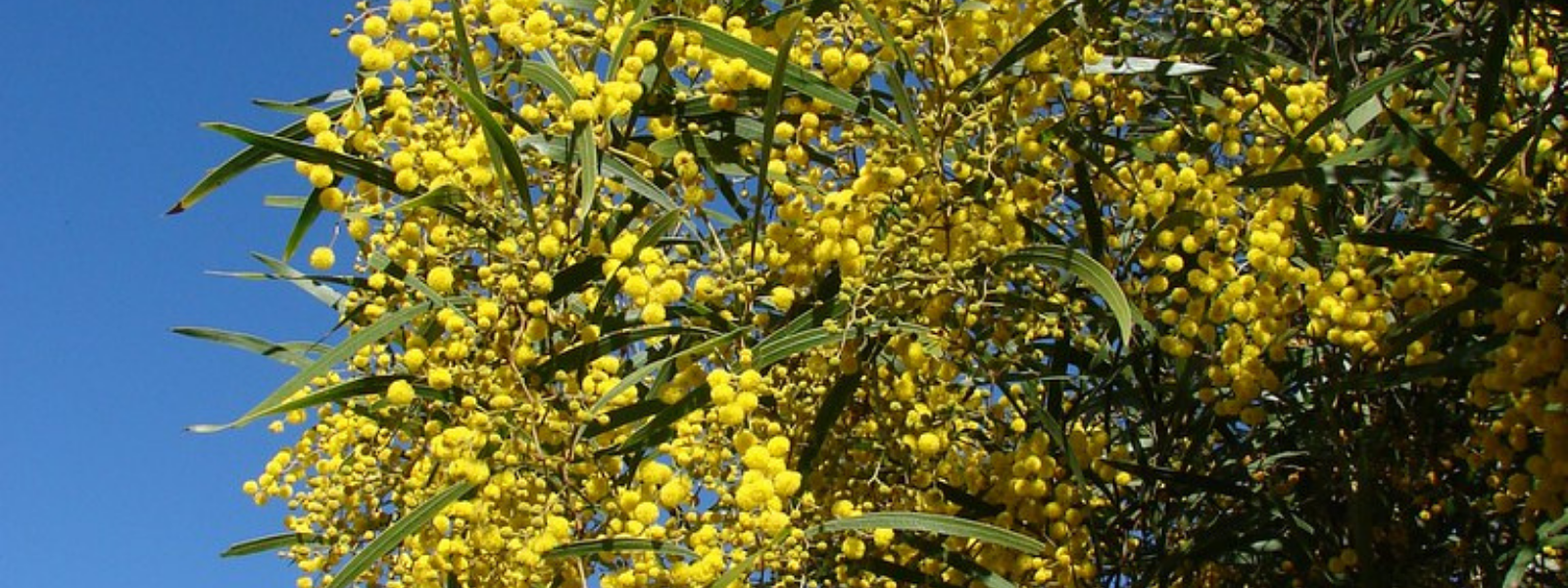
Common Name
Honey locust, Bean tree, Common honeylocust, Honey-locust, Honeyshuck, McConnels curse, Sweet locust, Thorny honeylocust.
Scientific Name
Gleditsia triacanthos
Family
Fabaceae
Lifecycle
Perennial
Seasons of Growth
Year-round
Key Distinguishing Feature
Deciduous tree with compound leaves and long thorns
• Growth Form: Honey Locust is a medium to large-sized tree that can reach heights of up to 20-30 meters (65-100 feet). It has a spreading, often irregular crown.
• Leaves: The leaves are pinnately compound, consisting of multiple small leaflets arranged along a central stem. They are typically bright green and have a fine texture.
• Flowers: The flowers are small and greenish, not showy. They are typically dioecious, meaning that male and female flowers are on separate trees.
• Fruit: The fruit is a long, flattened, brown pod with sweet pulp inside. It contains seeds and is often eaten by wildlife.
• Thorns: Some varieties of Honey Locust have thorns on their branches, while others are thornless.
• Habitat: Honey Locust is commonly found in a variety of habitats, including woodlands, savannas, and urban areas. It is native to North America.
Ecological Impact:
• Honey Locust is known for its ability to rapidly colonise and form dense stands, outcompeting native vegetation for resources such as water, nutrients, and sunlight. This competition can lead to a reduction in native plant diversity and disrupt local ecosystems.
Control Methods:
1. Manual Removal:
• Cut and Remove: For smaller trees or saplings, cut the tree close to the ground, ensuring you remove the entire root system to prevent regrowth. Dispose of the cuttings properly to prevent further spread.
• Seedling Removal: Regularly inspect the area for Honey Locust seedlings and manually remove them, including their root systems, when they are small and manageable.
2. Chemical Control:
• Herbicides: Herbicides may be used for larger or persistent infestations. Selective herbicides designed to target woody plants or broadleaf weeds can be effective for controlling Honey Locust. Always follow the manufacturer's instructions and safety guidelines when using herbicides.
3. Long-Term Monitoring:
• Continuously monitor the area for any regrowth of Honey Locust trees and apply control measures as needed.




